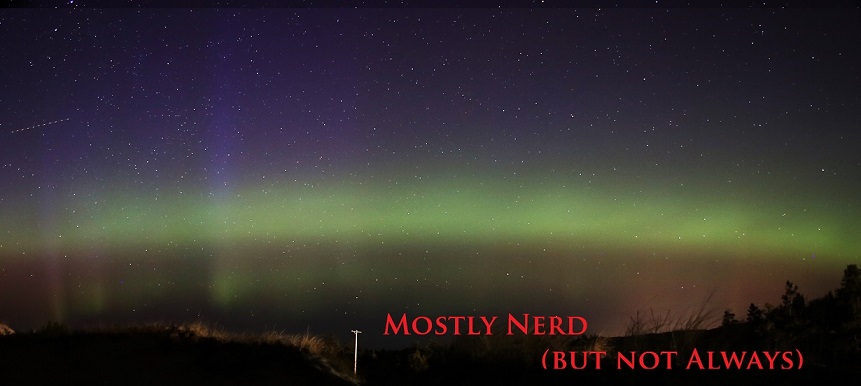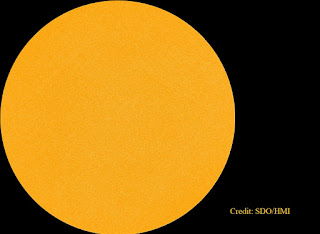 |
| Aurora Pillars |
Within the hour, as I went about my assigned tasks the intensity picked up to encompass the entire northern horizon.
Last nights display neatly fits into the pattern of my previous aurora observations. The first time that I saw the Northern Lights was coincidentally 26 years ago to the day on November 8, 1991. Over the years I've seen them 11 times from the state of Michigan.
Here is a list of those dates.
November 8, 1991
November 5-6, 2001
October 29, 2003
November 20, 2003
November 7-8, 2004
November 10, 2004
March 17, 2015
November 4, 2015
September 29, 2016
September 28, 2017
And last night November 7-8, 2017.
What jumps out from the list is that 73% of the sightings occurred over 6% of the calendar that spans from October 29 to November 23. An even tighter window from November 4 to November 10 includes 55% of my observations in a 7 day period. The Northern Lights are more likely to occur in the spring and fall rather than summer and winter for reasons explained in the link below.
NASA explanation
The most frequent cause of an auroral display is increased activity on the Sun that results in a coronal mass ejections that releases charged particles toward the Earth. But as can be seen in the photo below, the spotless Solar disk indicates minimal activity, as we are currently heading toward the end of the current 11 year solar cycle.
The cause of last night's (as well as September 28th's) northern lights was a hole in the solar atmosphere that released a stream of Earth-directed charged particles.




